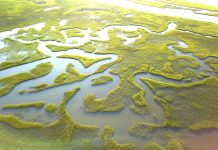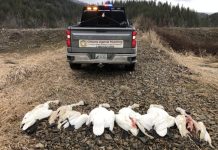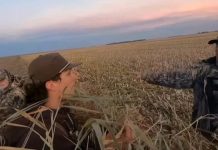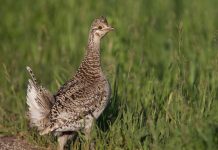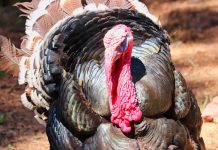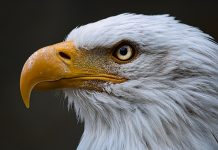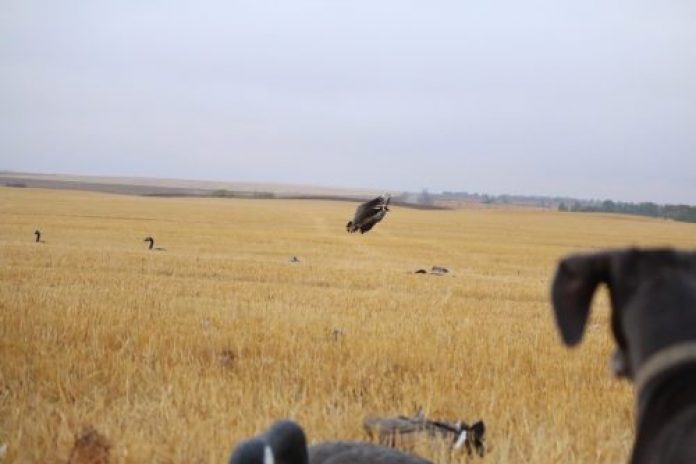
When I began waterfowling, I learned as many others did by reading articles and watching videos. The majority of these articles were about decoy placement and always referred to some sort of pattern such as a “J” or doughnut. When setting up, we used these specific set-ups religiously. Birds would lock up from a distance and then as they approached, they slowly began to slide off to the edges out of range. I knew something had to change. That was when it hit me, why not let the geese show me what to do. I began spending every spare minute observing live geese and taking countless notes and photos. It was then that I began to understand little things that make geese work decoy spreads the way they do.
There are three major things to look at when setting up a decoy rig for waterfowl. These are the macro location, micro-location, and wind direction.
Macro Location
In order to kill geese, you obviously must be where there are geese. Will you be setting up in a feed field, a loafing area, on water, etc.? Next, are you able to set up on the exact location the birds are using, also known as the “X”, or will you be running traffic in a location the birds are flying over? These things will also be an important factor in your set up. If the “X” is an option, it is almost always the best option. When hunting the exact location that birds are using, meaning you are setting up on top of sign, you can usually get away with fewer decoys. When running traffic, you typically want the biggest spread you can muster up. Invite friends and combine rigs if possible.
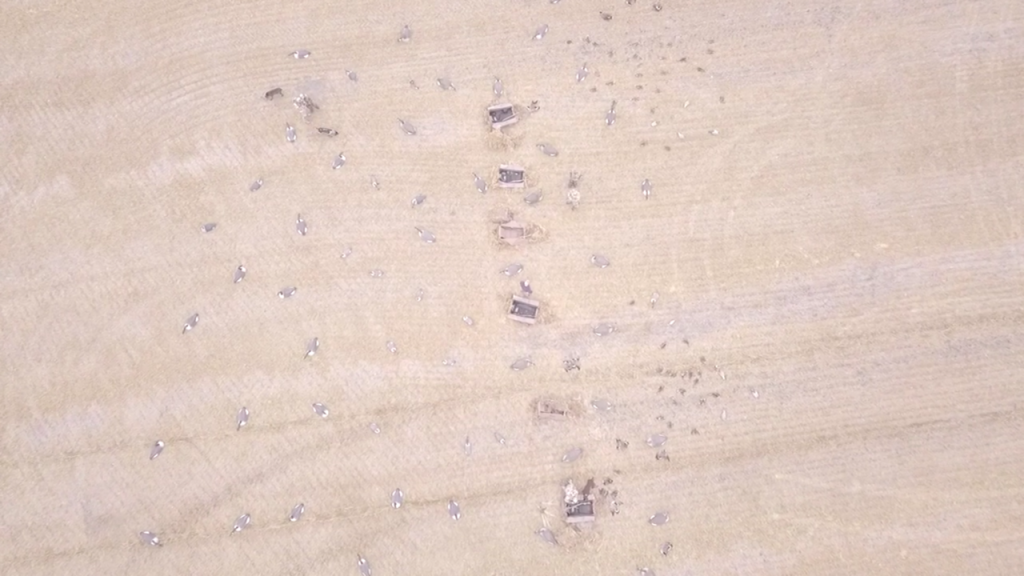
Micro Location
This is the exact spot that you will be setting up on. This comes down to a number of factors. Obviously, if you are on the “X” then your work is done. If not then you will want to begin looking at the little things. As a guide for High Plains Wingshooters in SE Wyoming, we hunt almost exclusively out of pit blinds. These are often placed in the same fields every year but the micro-location often changes based on crop, pivot position, etc. When choosing where to bury the pit, the first thing we account for is the prevailing wind direction. We set up so that there is plenty of area for the birds to work the wind. The next thing we look for are blockers meaning objects or terrain that the geese may try to avoid. For example, things like tree rows or buildings can cause geese to get nervous and avoid flying over them. Try to keep these blockers on the upwind side or far enough away that the geese have plenty of time to avoid them and still get into the decoys.
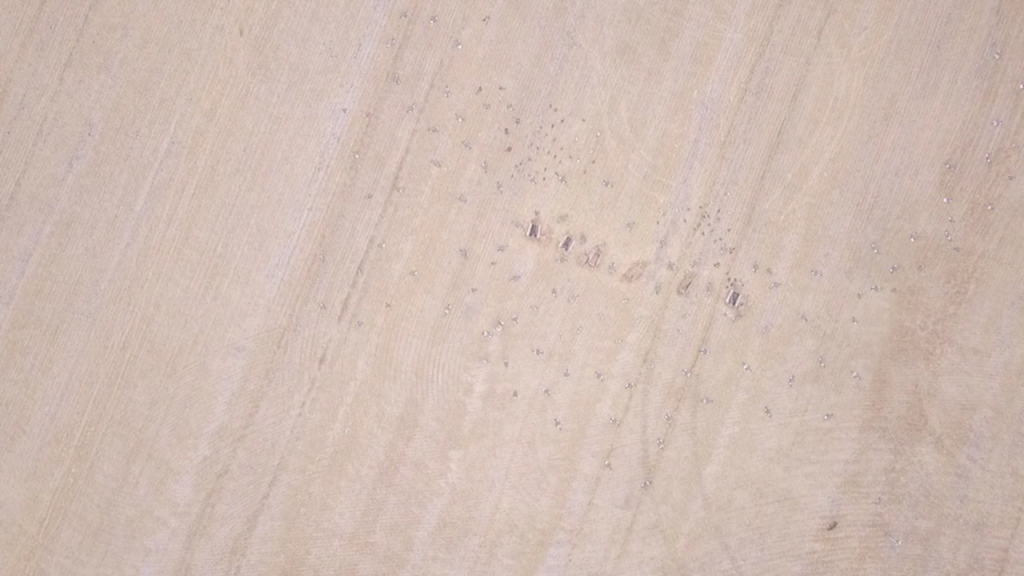
Wind Direction
Once you are on location, this is the most important factor in telling you how to set your rig. Waterfowl will almost always approach and land into the wind. Although we all like the wind at our back and geese in our face, that is not always an option. However, that does not mean you cannot decoy geese in close when the wind is not perfectly behind you. You simply must just adjust the decoys and your finishing area so that the geese will work in your desired shooting zone.
Now let’s talk set up. One of the questions that I often get asked by clients or while doing seminars is, “Aren’t all Canada geese the same and can be hunted the same?” The answer is absolutely not. Although there are seven subspecies of Canada geese, in the hunting world we generally narrow that down to two categories, greaters, and lessers or big geese and little geese. It is important to know which ones you are hunting.
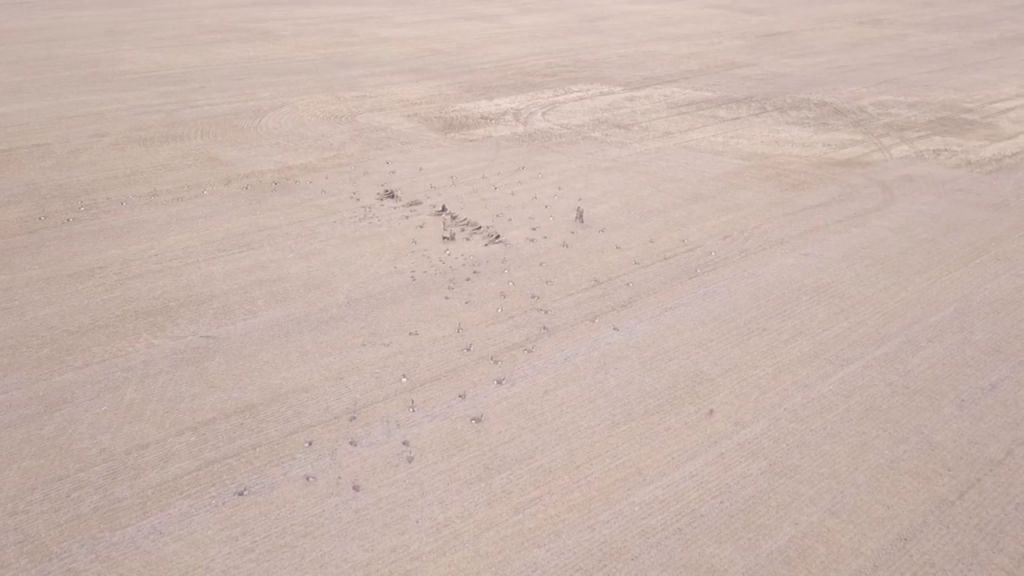
Big geese can generally be hunted with fewer decoys and less calling. When setting up decoys for big geese, pick out an area downwind of your hide that you want to be your shooting area and leave it open. I prefer at least a 15x15yd area for this landing zone. Then begin filling in the upwind side of this hole with a large percentage of your spread. This should be the densest part of your set up with only 3-6 feet between decoys and will create a natural stop sign for the approaching birds. I also like to put the majority of my active or looker decoys here, which simulates your callers and most active birds. The remainder of your decoys should be spread around all sides of you with very few decoys on the downwind side of your landing zone. However, I do like to set a pair of active posture decoys right in the middle of my landing hole. To incoming geese, this appears to be a freshly landed pair and they will generally pick the same spot. Avoid setting an exact pattern or have all decoys facing the same direction.
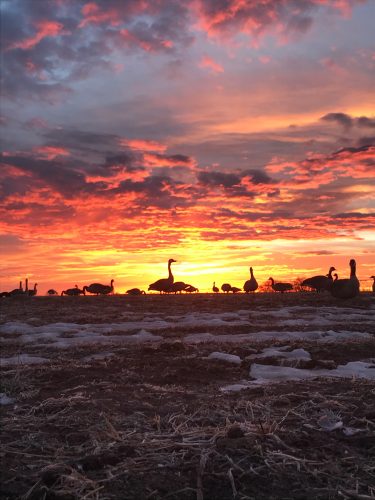
When hunting lessers, more everything is better. More decoys, more calling, more wind. These geese will generally work to the densest part of the spread so when setting up for little geese, keep the thickest part of your set up in your shooting zone and leave only various small pockets within it for landing areas.
There are very few experiences in hunting like watching a group of geese cup up and drop into your decoy spread. Spend as much time as possible observing geese and try to duplicate what you see them do. These birds see thousands of decoy spreads along their migration so make yours look like the real deal and not a decoy pattern.
Keep an eye out on EHUNTR for my future articles on waterfowling and good hunting! Anybody have any other Decoy Tips or Advice that they could add?


